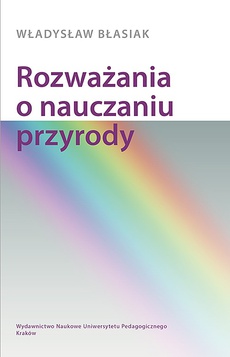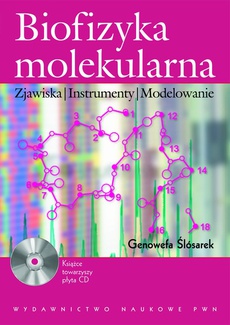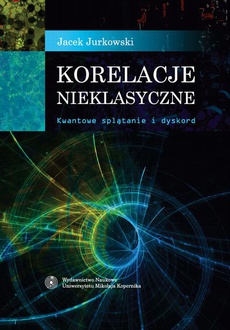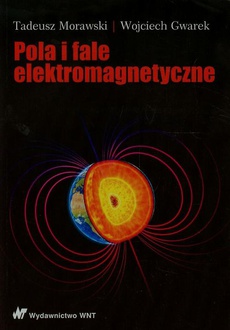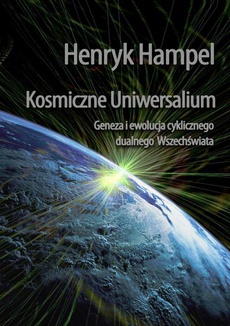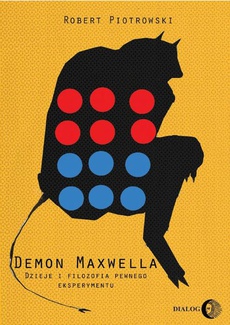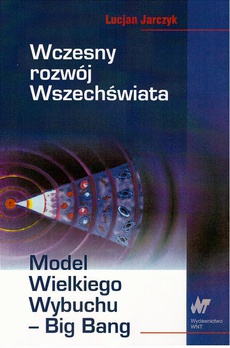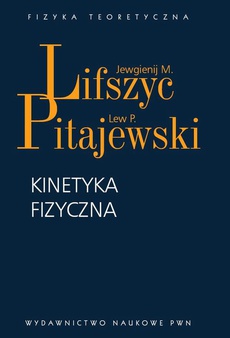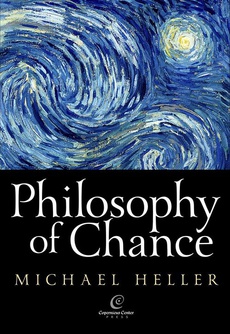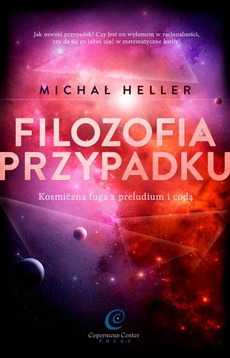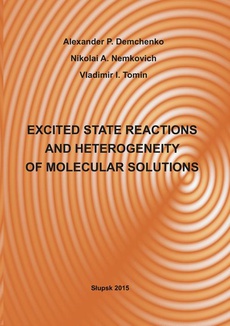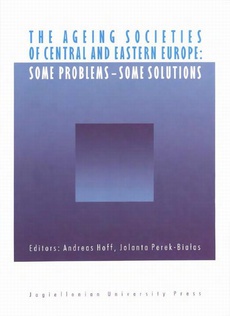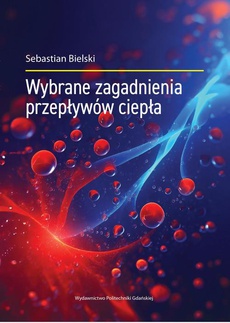POLECAMY
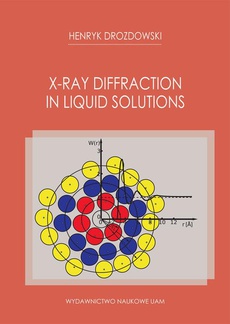
X-Ray Diffraction by Liquid Solutions
Autor:
Format:
ibuk
Znajomość atomowo-molekularnej struktury ciekłych roztworów i mechanizmu strukturalnych procesów zachodzących w nich ma podstawowe znaczenie dla wytłumaczenia fizycznych właściwości binarnych roztworów. Celem pracy było uzyskanie informacji o strukturze i oddziaływaniach międzycząsteczkowych roztworów niektórych cieczy dipolowych z rozpuszczalnikiem niepolarnym metodą szerokokątowej dyfrakcji rentgenowskiej. Wyniki badań posłużyły do wytłumaczenia sposobu ułożenia molekuł rozpuszczalnika względem rozpuszczanej substancji. Metoda redukcji Mozzi – Warrena z wprowadzonymi przez autora modyfikacjami pozwoliła na ustalenie modeli badanych molekuł. Określono wpływ izomerii pozycji atomu chloru w chloroanizolach na metody przestrzennego rozkładu cząsteczek w badanych roztworach. Niniejsza monografia naukowa stanowi jedyne w Polsce ogólnie dostępne opracowanie dotyczące badań rentgenostrukturalnych ciekłych roztworów.
| Rok wydania | 2022 |
|---|---|
| Liczba stron | 64 |
| Kategoria | Inne |
| Wydawca | Wydawnictwo Naukowe Uniwersytetu im. Adama Mickiewicza |
| ISBN-13 | 978-83-232-3636-8 |
| Numer wydania | 1 |
| Język publikacji | angielski |
| Informacja o sprzedawcy | ePWN sp. z o.o. |
Ciekawe propozycje
Spis treści
| List of symbols and abbreviations | 9 |
| 1. Introduction. The aim and scope of the studies | 11 |
| 2. X-ray scattering in liquids and binary solutions | 13 |
| 2.1. Diffraction of X-rays by free molecules | 13 |
| 2.2. General formulas for the diffraction by liquid and liquid solutions | 16 |
| 2.3. A relation between X-ray diffraction and packing coefficient of molecules | 19 |
| 2.4. Coordination numbers in liquid systems | 21 |
| 3. Experimental study of the diffraction by liquids and liquid solutions 23 | |
| 3.1. An X-ray transmission diffractometer with a temperature camera for the study of liquid solutions | 23 |
| 3.2. Conditions of X-ray scattered intensity measurements | 26 |
| 3.3. Correcting the experimental data | 27 |
| 3.4. Method for normalizing experimental X-ray intensities | 27 |
| 4. Interpretation of the structure of non-dipolar solvent | 29 |
| 4.1. X-ray scattering in liquid p-Xylene | 29 |
| 4.2. Relations between mean amplitudes of vibration and corresponding internuclear distances | 31 |
| 4.3. Structural results from X-ray diffraction | 35 |
| 5. X-ray diffraction investigation of molecular ordering in dipole liquids | 39 |
| 5.1. Determination of the molecular structure of ortho-, meta- and para-chloroanisole | 9 |
| 5.2. Models of short-range order in liquid ortho-, meta- and para-chloroanisole from X-ray diffraction studies | 45 |
| 5.3. Final remarks. The use of X-ray analysis in the studies of structure of dipolar liquids | 48 |
| 6. X-ray analysis of intermolecular interactions in binary liquid solutions | 51 |
| 6.1. The experimental results and interpretation | 51 |
| 6.2. Approximates models arrangement of molecules in binary liquid solutions | 54 |
| 6.3. Final remarks. The application of X-ray diffraction in the investigations of solutions of certain dipolar liquids with non-dipolar solvent | 57 |
| 7. Conclusions | 59 |
| Literature | 61 |

